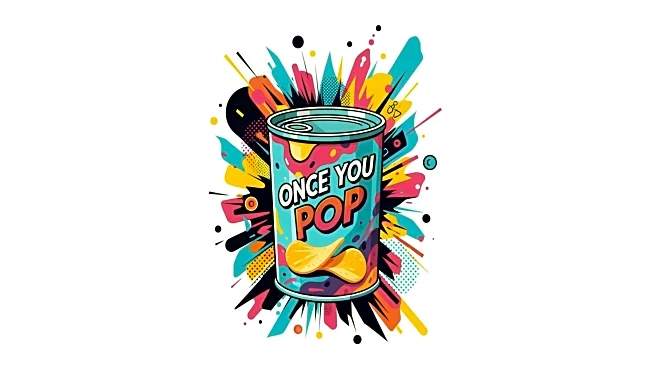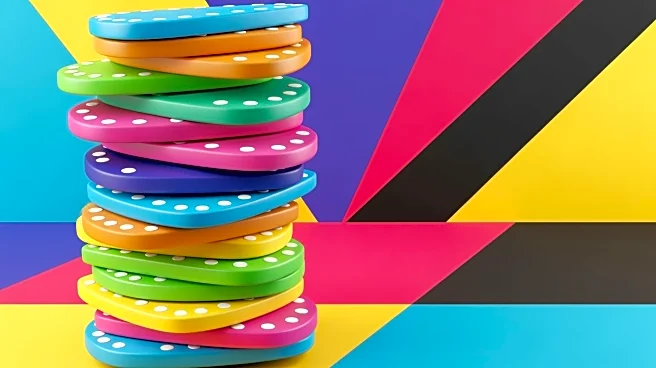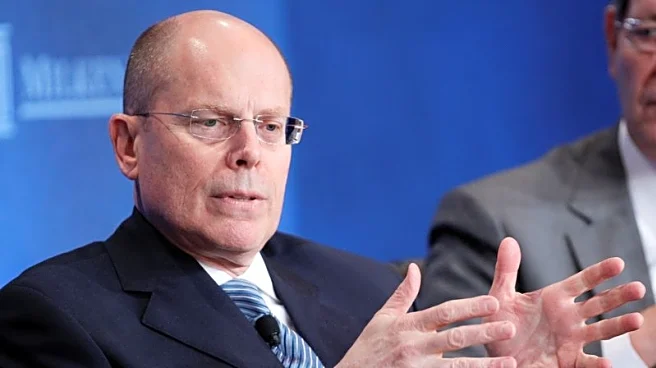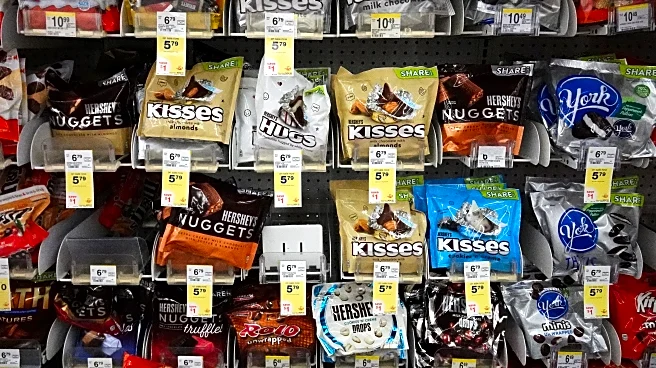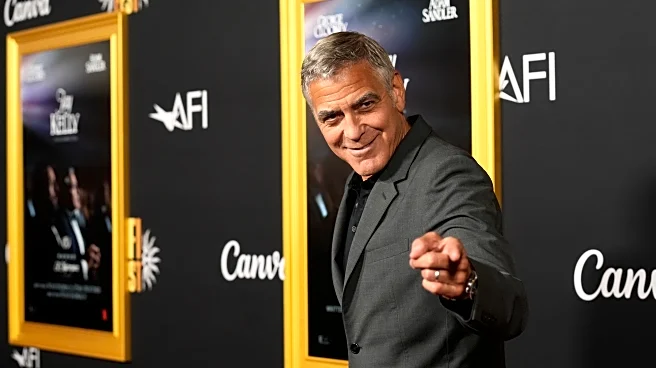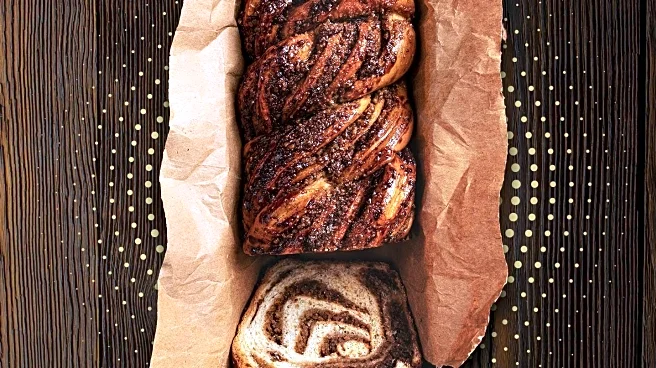What's Happening?
Pringles is reintroducing its famous 'Once You Pop, the Fun Don’t Stop' campaign, originally launched in the 1990s, with a modern twist aimed at Gen Z. The new campaign, titled 'Once You Pop, The Pop Don’t Stop,'
is designed by FCB New York and features a humorous and absurd narrative. A 30-second spot called 'Duck King' showcases a young man using Pringles to create 'duck lips,' leading to him being crowned leader of a flock of ducks. Mauricio Jenkins, U.S. head of marketing for Pringles, stated that the campaign seeks to appeal to both younger audiences and those nostalgic for the original slogan. The campaign will be broadcast nationwide on TV and social media platforms.
Why It's Important?
The revival of the 'Once You Pop' campaign signifies Pringles' strategic move to connect with Gen Z consumers while maintaining its appeal to older generations. By leveraging nostalgia and humor, Pringles aims to strengthen its brand presence and engage with a demographic known for its affinity for viral and absurd content. This approach could enhance brand loyalty and increase market share among younger consumers who value playful and engaging advertising. The campaign's success may influence other brands to adopt similar strategies, blending nostalgia with contemporary marketing techniques.
What's Next?
Pringles plans to continue developing energetic and humorous content that resonates with Gen Z's social media habits. The brand's shift from its long-standing agency partnership with Grey to FCB New York suggests a new creative direction focused on viral potential. Future campaigns may further explore absurd and playful themes, potentially setting a trend in snack advertising. Stakeholders, including marketers and advertisers, will likely monitor the campaign's impact on consumer engagement and sales, assessing its effectiveness in capturing the attention of Gen Z.
Beyond the Headlines
The campaign's emphasis on humor and absurdity reflects broader cultural trends where brands increasingly use unconventional narratives to stand out in a crowded market. This approach aligns with Gen Z's preference for authenticity and entertainment in advertising. The campaign also highlights the evolving relationship between brands and consumers, where emotional and nostalgic connections are leveraged to foster brand loyalty. As Pringles navigates this new creative landscape, it may influence advertising norms and consumer expectations in the snack industry.
